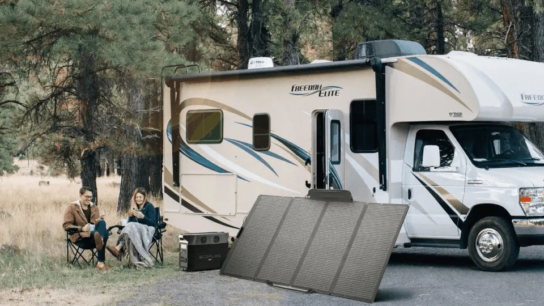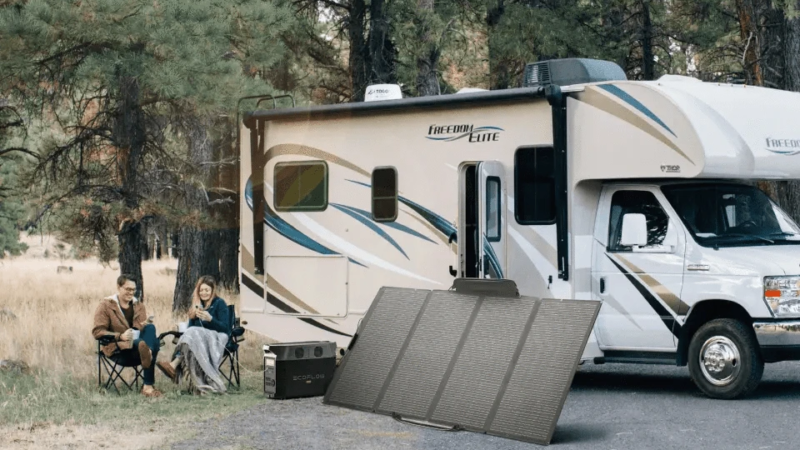Regular roof inspections are crucial for maintaining the integrity and longevity of your roof. Whether you’re a homeowner looking to keep your roof in top condition or preparing for a roof replacement, knowing what to look for during a roof inspection can save you time and money. Here’s a comprehensive guide on roof inspection tips to help you ensure your roof remains in optimal condition.
1. Understand the Importance of Roof Inspections
Regular roof inspections help you:
- Identify Damage Early: Catching issues before they become major problems can prevent costly repairs.
- Extend Roof Lifespan: Proper maintenance can extend the life of your roof.
- Protect Your Home: Prevent leaks and water damage that can affect the interior of your home.
2. Inspect Your Roof Regularly
Plan to inspect your roof at least twice a year, preferably in the spring and fall. Additionally, inspect your roof after severe weather events, such as heavy rain, hail, or strong winds.
3. Safety First
Before you begin your inspection, prioritize safety:
- Use a Sturdy Ladder: Ensure your ladder is on a flat surface and secured.
- Wear Proper Gear: Use non-slip shoes and consider wearing a safety harness if working at significant heights.
- Have a Partner: If possible, have someone assist you or spot you while you’re on the ladder.
4. Conduct a Visual Inspection from the Ground
Start with a ground-level visual inspection to identify any obvious issues:
- Check for Missing Shingles: Look for any shingles that appear to be missing or displaced.
- Inspect Roof Valleys: Valleys are prone to collecting debris and may show signs of damage or wear.
- Look for Sagging: Observe the overall shape of the roof for any sagging or uneven areas.
5. Examine the Roof Surface
If it’s safe to do so, get up on the roof for a closer inspection:
- Shingle Condition: Check shingles for cracks, curling, or granule loss. Damaged or worn shingles need replacement.
- Check for Moss and Algae: Moss and algae can retain moisture and damage shingles. Consider a professional cleaning if you notice significant growth.
- Inspect Flashing: Examine the metal flashing around chimneys, vents, and skylights for signs of rust, damage, or improper installation.
6. Evaluate Roof Penetrations
Roof penetrations are common sources of leaks:
- Inspect Vents and Pipes: Ensure that roof vents, pipes, and other penetrations are sealed properly.
- Check for Leaks: Look for signs of water staining or damage around these areas, both on the roof and inside the attic.
7. Assess the Gutters and Downspouts
Gutters and downspouts play a crucial role in directing water away from your roof:
- Check for Debris: Remove leaves, branches, and other debris that can clog gutters and downspouts.
- Inspect for Damage: Look for signs of rust, cracks, or sagging in the gutters and downspouts.
- Ensure Proper Drainage: Verify that water is flowing freely and away from your home’s foundation.
8. Inspect the Attic
The attic provides valuable insights into your roof’s condition:
- Look for Leaks: Check for signs of water damage or leaks in the attic. Pay attention to water stains, mold, or dampness.
- Inspect Insulation: Ensure that insulation is dry and properly installed. Poor insulation can lead to heat loss and ice dam formation.
- Examine Roof Decking: Inspect the underside of the roof decking for any signs of rot or damage.
9. Evaluate Roof Flashing and Sealants
Flashing and sealants are critical for preventing leaks:
- Inspect Flashing: Ensure that flashing around chimneys, vents, and skylights is intact and properly sealed.
- Check Sealants: Examine sealants for signs of cracking or deterioration. Reapply sealants as needed to maintain a watertight seal.
10. Hire a Professional Roof Inspector
While DIY inspections are valuable, hiring a professional roof inspection and repair can provide a more thorough assessment:
- Expertise: Professional roof inspectors have the knowledge and experience to identify issues that might be missed during a DIY inspection.
- Advanced Tools: Professionals use specialized tools and techniques to detect problems, such as infrared cameras for locating hidden leaks.
- Detailed Report: A professional inspection provides a detailed report of the roof’s condition, including recommendations for repairs or replacements.
11. Address Issues Promptly
If you identify any issues during your inspection:
- Make Repairs Quickly: Address minor repairs promptly to prevent them from escalating into major problems.
- Consult a Roofing Contractor: For significant damage or repairs, consult a licensed roofing contractor to ensure the work is done correctly.
12. Keep Records
Maintain a record of your roof inspections and any repairs or maintenance performed:
- Document Findings: Keep notes on any issues discovered during inspections.
- Track Repairs: Record details of any repairs or replacements made to your roof.
- Schedule Follow-Ups: Set reminders for future inspections and maintenance tasks.
Conclusion
Regular roof inspections are essential for maintaining the health and longevity of your roof. By following these tips, you can identify and address potential issues early, protect your home from water damage, and ensure your roof remains in optimal condition. Whether you conduct inspections yourself or hire a professional, staying proactive about roof maintenance will help safeguard your investment and keep your home safe and comfortable.




